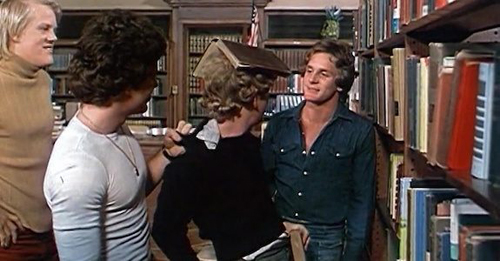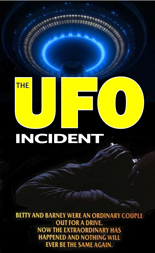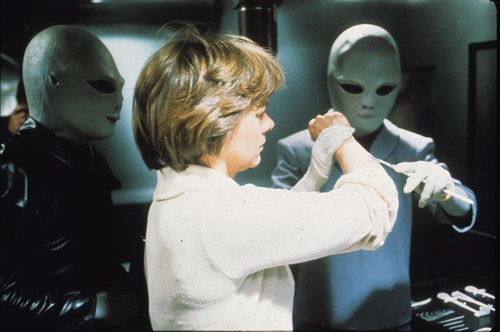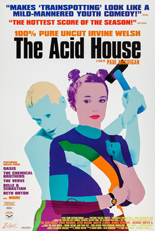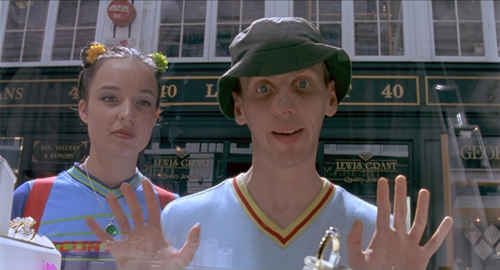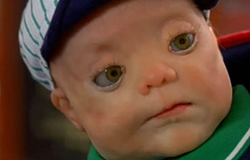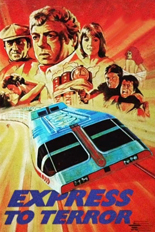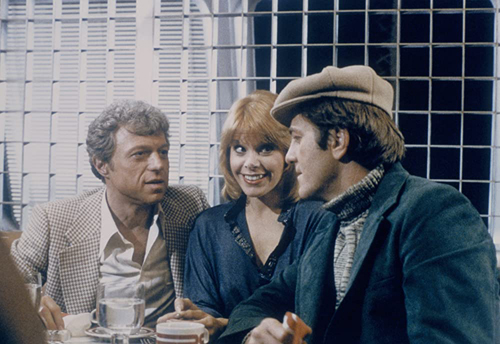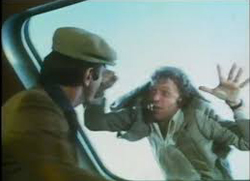
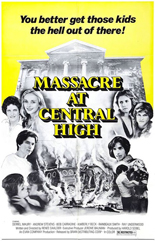 When I was around 8 or 9, an edited-for-television version of Massacre at Central High played one evening on an UHF station. A few minutes into it, my mother came in the living room and started watching. She recalled she had seen it and, even worse, that Andrew Stevens was in it.
When I was around 8 or 9, an edited-for-television version of Massacre at Central High played one evening on an UHF station. A few minutes into it, my mother came in the living room and started watching. She recalled she had seen it and, even worse, that Andrew Stevens was in it.
I don’t remember anything else, except mostly that my mother knew who Stevens was; either way, this snippet of conversation was rediscovered when I watched the new-to-Blu-ray Massacre at Central High, which leads to more questions, but I digress …
As the syrupy song “The Crossroads of My Life” imbues on the soundtrack, Robert Carradine is pushed by a bunch of bullies in the school hallway, which sounds bad, but to be fair, he was drawing a swastika on a locker. Good for the bullies, I guess.
Even with that exercise of antifascism, they are pretty bad, too; their gratuitous disciplining includes a chubby student trying to scale a rope in gym class, the school’s hearing-impaired librarian being harassed and, yikes, raping some girls in the chemistry lab.
As the new student David (Derrel Maury) sees the terrorism taking place, he seeks what any student would: revenge. On my count, he takes down a rockin’ hang glider; a rockin’ surfer in a van driven off a cliff; and a rockin’ swimmer who takes to a pool with no water.
You would think everyone would be satisfied by this conclusion, but they are not, instead repeating the cycle, but with a bigger body count and so on. The characters are so strange, even with director Rene Daalder’s foreign direction skills, they act like they are in a stage play in an actual stage play. It gives the movie a real meta scenario, even if they don’t know it.
But to think my mother saw this at a first-run theater in the ’70s: What other skeletons does she have in the closet in there? More importantly, is Andrew Stevens in there? We’ll never know. —Louis Fowler

